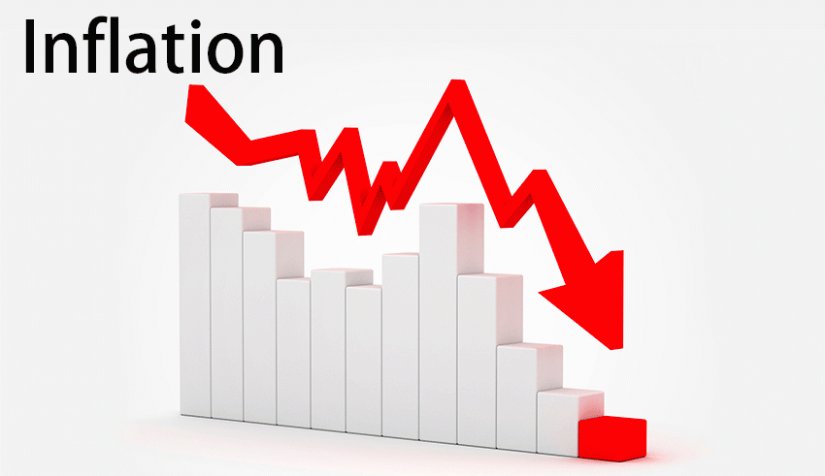adverts
Ghana’s inflation rate showed a slight dip in January 2025, easing to 23.5 percent from 23.8 percent in December 2024, according to the latest data from the Ghana Statistical Service (GSS).
Government Statistician, Professor Samuel Kobina Annim, shared the new figures during a press briefing in Accra on Monday, February 3, 2025. The figures point to a modest slowdown in price increases, a welcomed sign for many Ghanaians grappling with rising living costs.
The decline was mainly driven by a drop in non-food inflation, which decreased to 19.2 percent from 20.3 percent in December.
adverts
However, the food inflation rate continued its upward trajectory, rising to 28.3 percent, up from 27.8 percent the previous month.
This surge in food prices has been a persistent trend, particularly over the last six months.
Professor Annim provided further insight into the factors behind the increase in food inflation, explaining that the price hikes in vegetables, tubers, and plantains have had a significant impact.
He pointed out that food inflation had risen sharply from 19.1 percent in August 2024 to the current 28.3 percent, an almost 10 percentage point increase in just six months.
Specifically, the prices of yam and fresh tomatoes saw substantial year-on-year increases. Yam prices surged by 72.9 percent, while fresh tomatoes rose by 43.3 percent.
“When you disaggregate the data to the item level, you can clearly identify the specific products driving inflation. Yams and tomatoes have contributed significantly to both month-on-month and year-on-year inflation,” Professor Annim noted.
Locally produced goods also saw a decline in inflation, dropping to 25.7 percent in January from 26.4 percent in December.
However, imported inflation rose slightly to 18.4 percent, up from 17.9 percent, reflecting the ongoing global trade challenges and fluctuations in exchange rates.
Regionally, the Western Region recorded the highest inflation rate at 49.9 percent, while the Volta Region had the lowest at 18.0 percent, showing significant regional disparities.
This slight reduction in inflation marks the first decline in five months and comes at a pivotal time for the Ghanaian economy. As the country transitions to new economic leadership under President John Mahama, this downturn signals a potential shift toward stability.
Moreover, the nomination of Johnson Asiamah to replace Ernest Addison as the Governor of the Bank of Ghana signals a new chapter for the country’s monetary policy.
In line with efforts to stabilise inflation, the central bank recently maintained its key interest rate at 27 percent, projecting that price pressures may ease as the government tightens public finances.
Professor Annim emphasised the importance of collaborative efforts between policymakers and financial institutions to address the root causes of rising food prices and ensure long-term inflation stability.
“The Ghana Statistical Service continues to engage policymakers. The Bank of Ghana does not only rely on headline figures but also disaggregated data to inform policy decisions,” he concluded.
The slight easing of inflation provides hope that Ghana may be on the path toward more sustainable economic growth, though much work remains to be done to bring food prices under control.
GOT A STORY?
Contact/WhatsApp: +233243201960 or Email: manuelnkansah33@gmail.com


